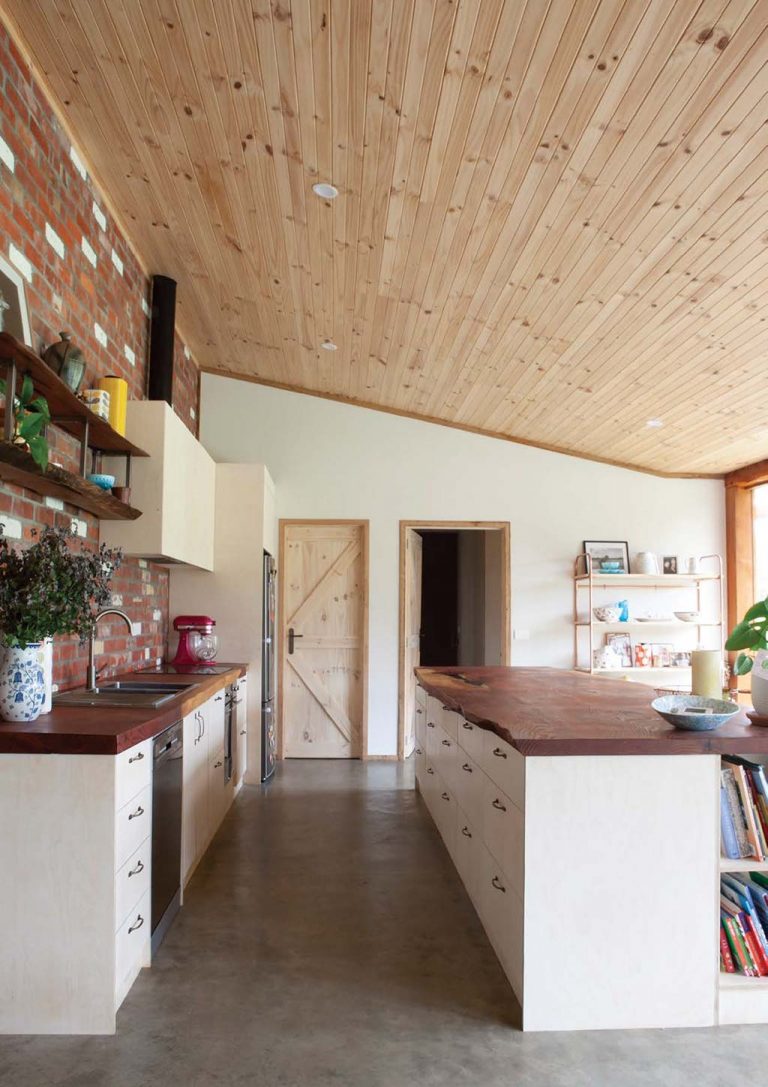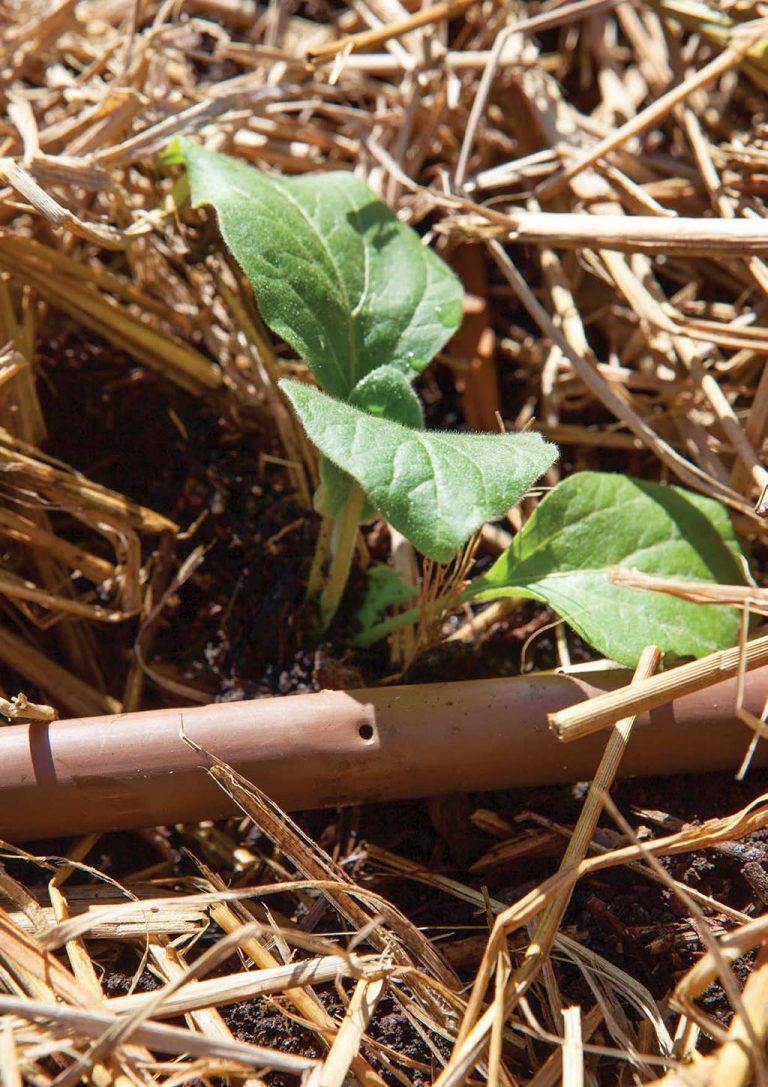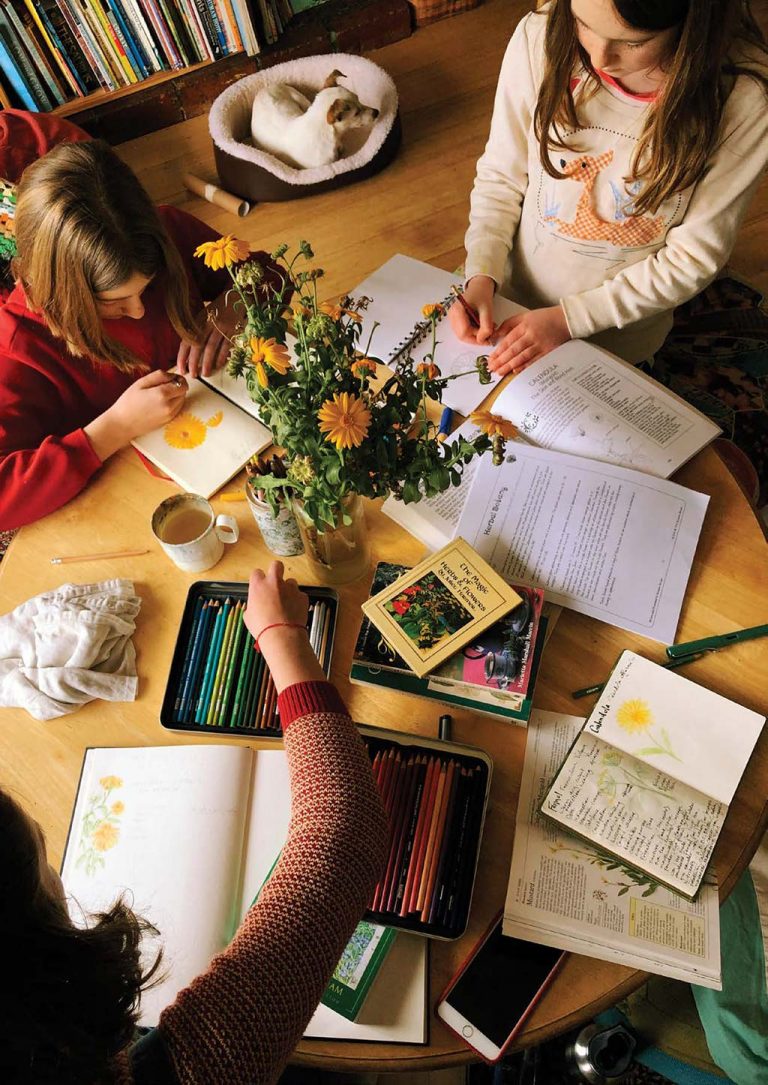Strawbale Building: The Home That Hugs You

Shamus O’Reilly believes that strawbale is the best natural building material of them all. He recently finished building his own strawbale home for himself and his family. He also builds strawbale homes for other people through his construction company, SO’R Construction. He has repeatedly seen firsthand the benefits of building with strawbale alongside passive solar design.
Shamus and Jayde and their two young children recently moved into their strawbale home, located on a rural two-acre block in Inverleigh, Victoria. It was important to the couple to bring up their children in an environment free from chemicals and pollutants. So every material used in the build was selected for performance and low toxicity, and is renewable or recyclable. They love that every time they walk into their new home, it feels like they’re getting a great big hug.
‘My brother first pointed out strawbale as a building material. I did my building apprenticeship in Melbourne on high-end Toorak homes, but that was a lot different from how I grew up. We were the family that recycled. Mum and dad were into sustainability. Not that we called it that then. I grew up learning about how to select quality materials that were natural and re-usable,’ says Shamus.






